THE TRICOT SPIRIT
Tricot was founded in Paris in 2019 by Rémi de Laquintane, photographer and designer, out of a simple desire to create exceptional cashmere sweaters.
Made in Italy from recycled cashmere, crafted by Venetian artisans, our designs are created to embody the spirit of Paris and its inhabitants. Minimalist and unadorned, our sweaters reflect a relaxed, effortless silhouette — a quiet, unisex elegance made to last.
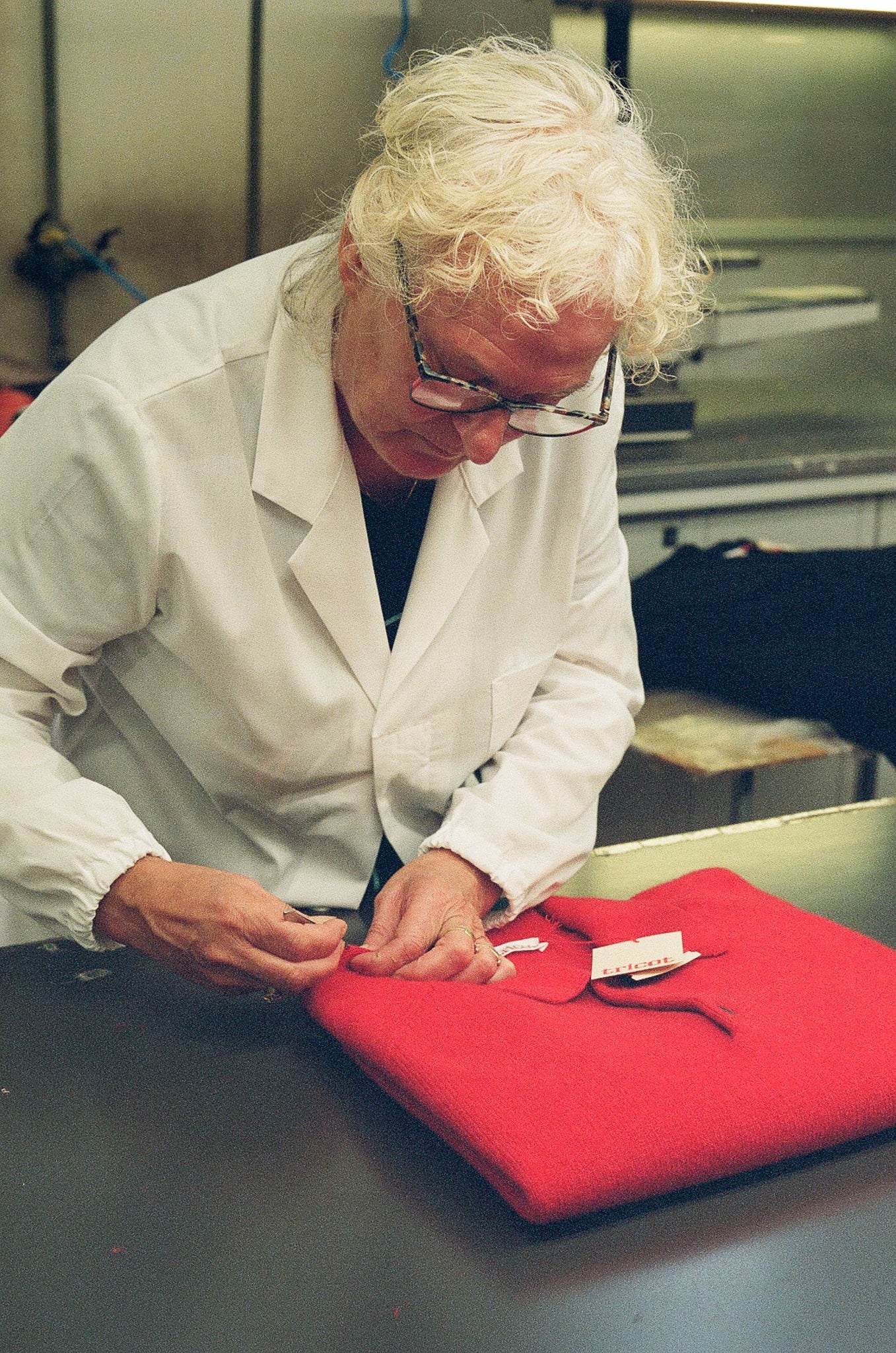
Italian know-how, in Venice
We are proud to work with talented artisans who have mastered the art of knitting to perfection. Each sweater is created with meticulous attention to detail, guaranteeing exceptional quality at every stage of the manufacturing process.
By choosing to produce our sweaters in Italy, we are committed to upholding the highest standards in terms of working conditions and sustainability.
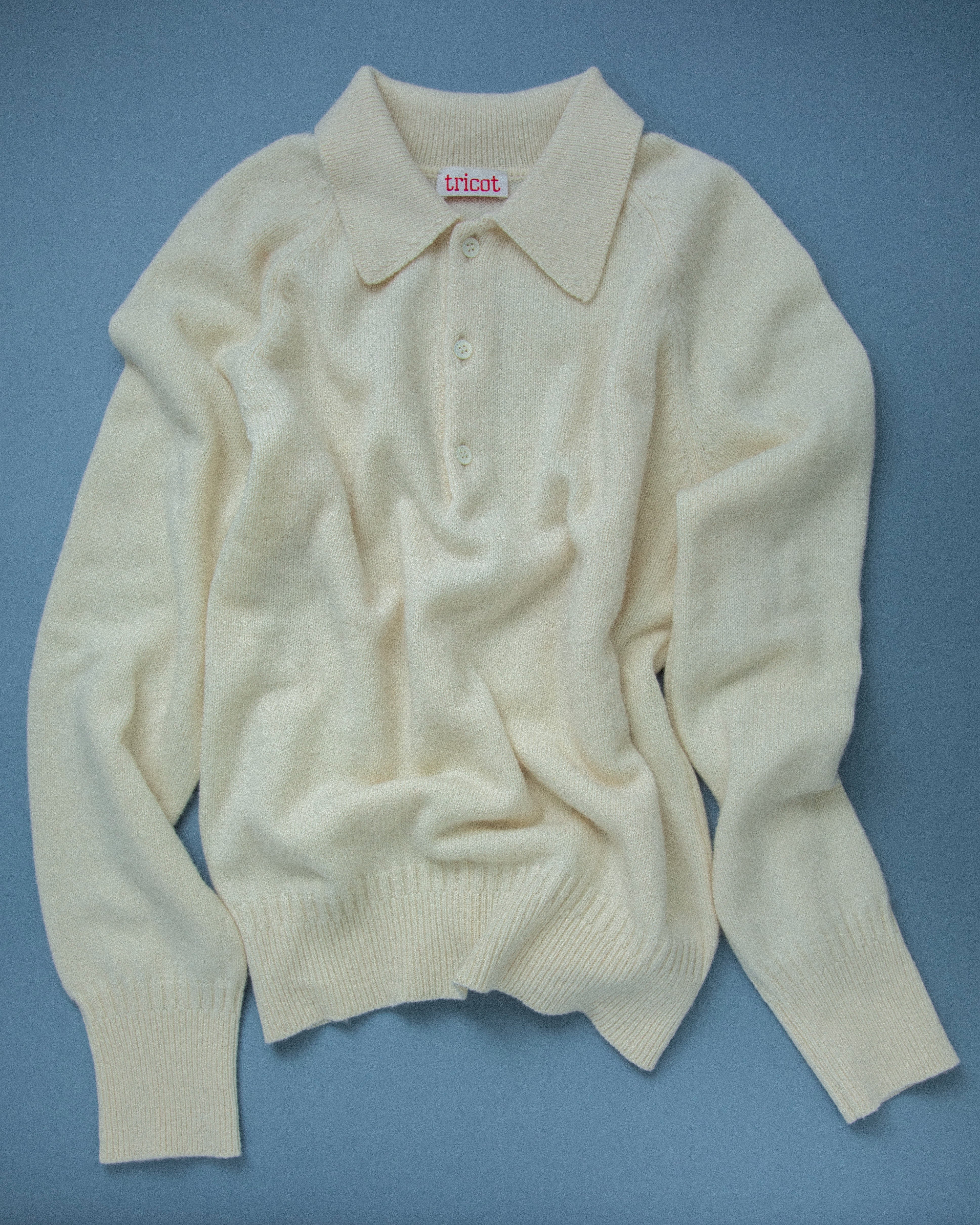
A new cashmere, a recycled cashmere.
At Tricot, we work with a rare and innovative material — a blend of recycled and virgin fibers. This combination creates a yarn that’s more stable, more durable, and softer than ever. By removing the weakest fibers, we craft a cashmere with greater structure and lasting quality.
It’s a demanding material, mastered by only a few ateliers. It requires time, precision, and control to produce a cleaner, drier, more consistent thread. The result: a denser knit, a richer hand, and a garment built to last — made only in small batches.
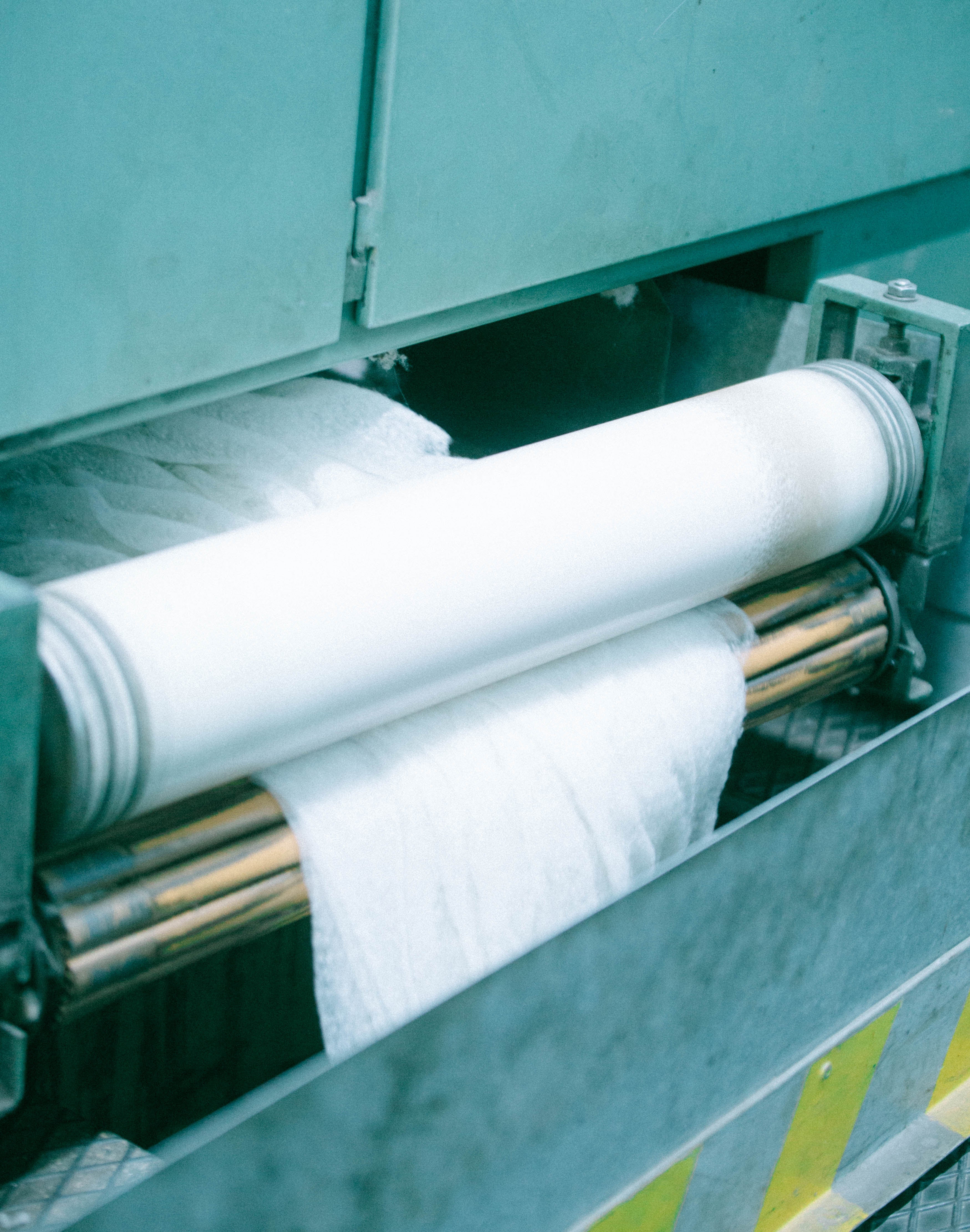
RECYCLED CASHMERE
At Tricot, we have chosen recycled cashmere, a choice that is at the heart of our concerns. Our sweaters are composed of 65% recycled cashmere, and 35% comes directly from virgin fibers.
The recycled cashmere at Tricot comes from two main sources in Italy: production surpluses from knitters (pre-consumer) and recycled cashmere garments (post-consumer).
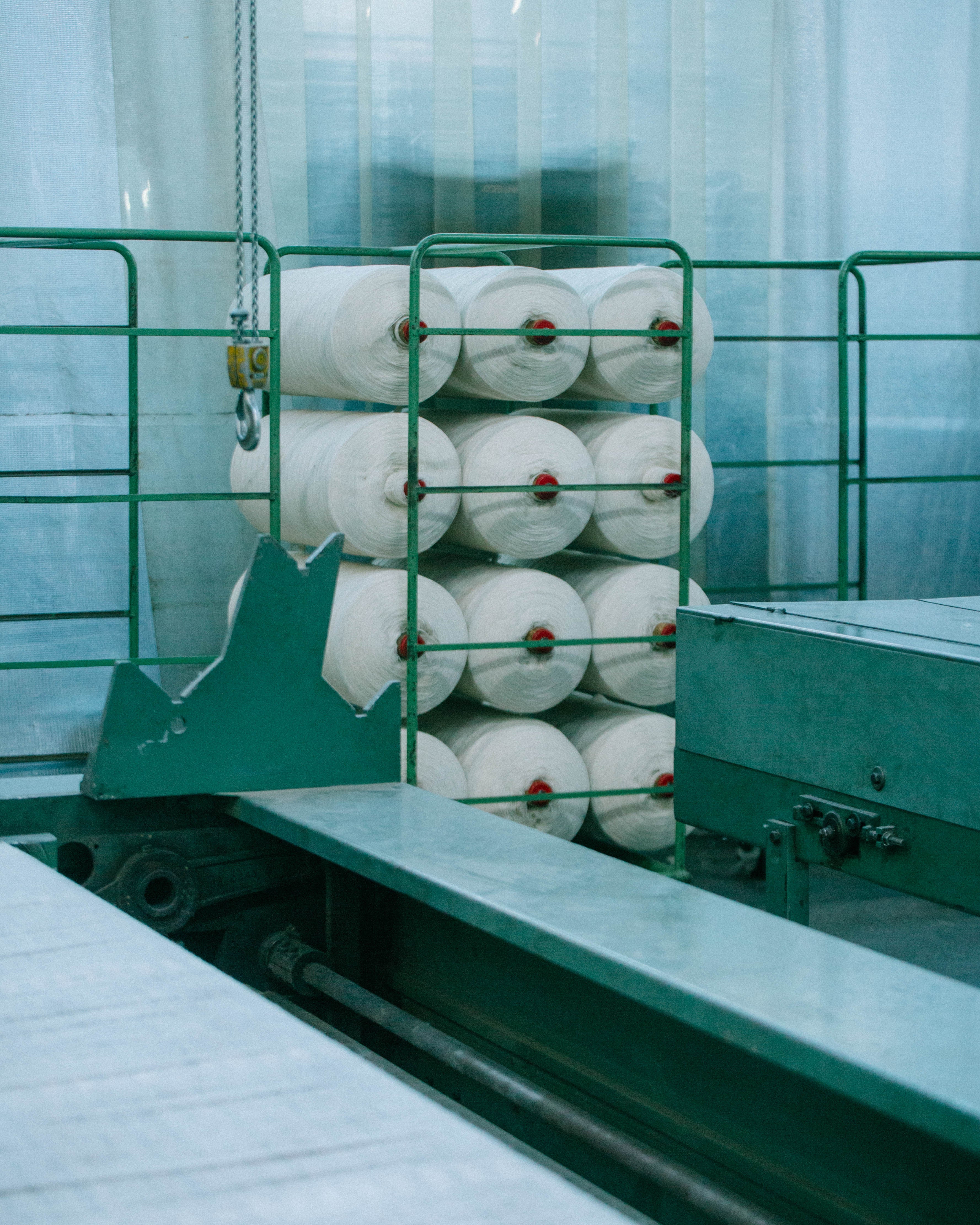
PRE & POST CONSUMER
Pre-consumer refers to cashmere yarns from dormant stocks or production surpluses, never used.
Post-consumer refers to cashmere yarns derived from pre-owned clothing. Once collected, these garments are disassembled to separate and select the finest cashmere fibers.
This process involves untangling the threads and removing unwanted materials. The recovered fibers are sorted by quality and strength, and only the finest and strongest are kept.
Recycled fibers are also sorted by color to avoid additional dyeing.
This reduces textile waste and extends the life of clothing. By using these recycled fibers, we maintain the warmth, softness, and comfort of cashmere while adopting a sustainable and ecological approach.
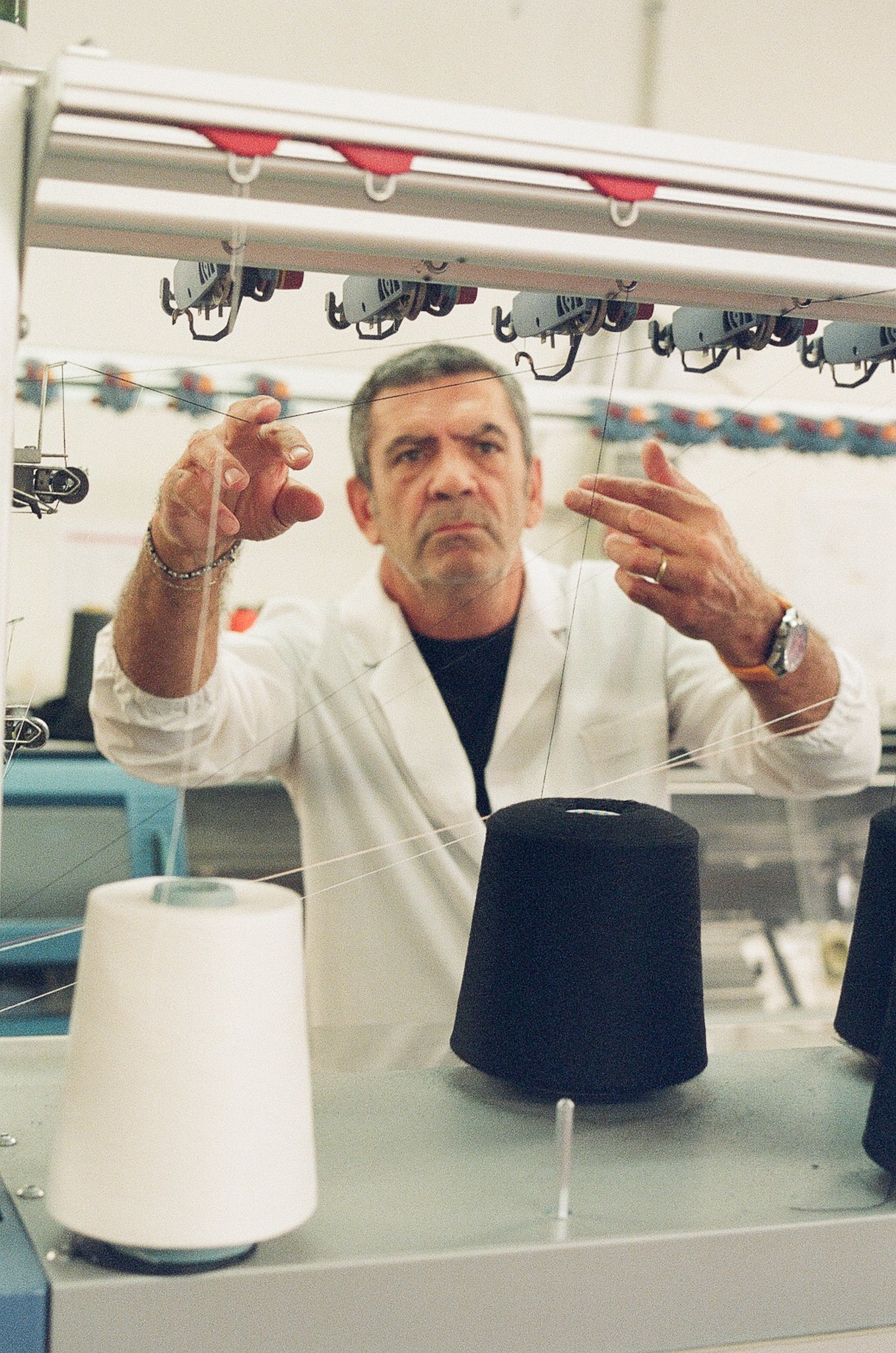
Made in Venice
Our partner technicians possess precise expertise in the field of recycled cashmere, guaranteeing rigorous quality controls that ensure the durability of our sweaters over time.
Each size is carefully measured by hand, each finish meticulously inspected, and each fiber sorted with care to select only the strongest and best.
At Tricot, every step of the manufacturing process is carried out with an absolute commitment to quality, ensuring that our garments not only meet the highest standards, but also offer a lasting and satisfying wearing experience for our customers.
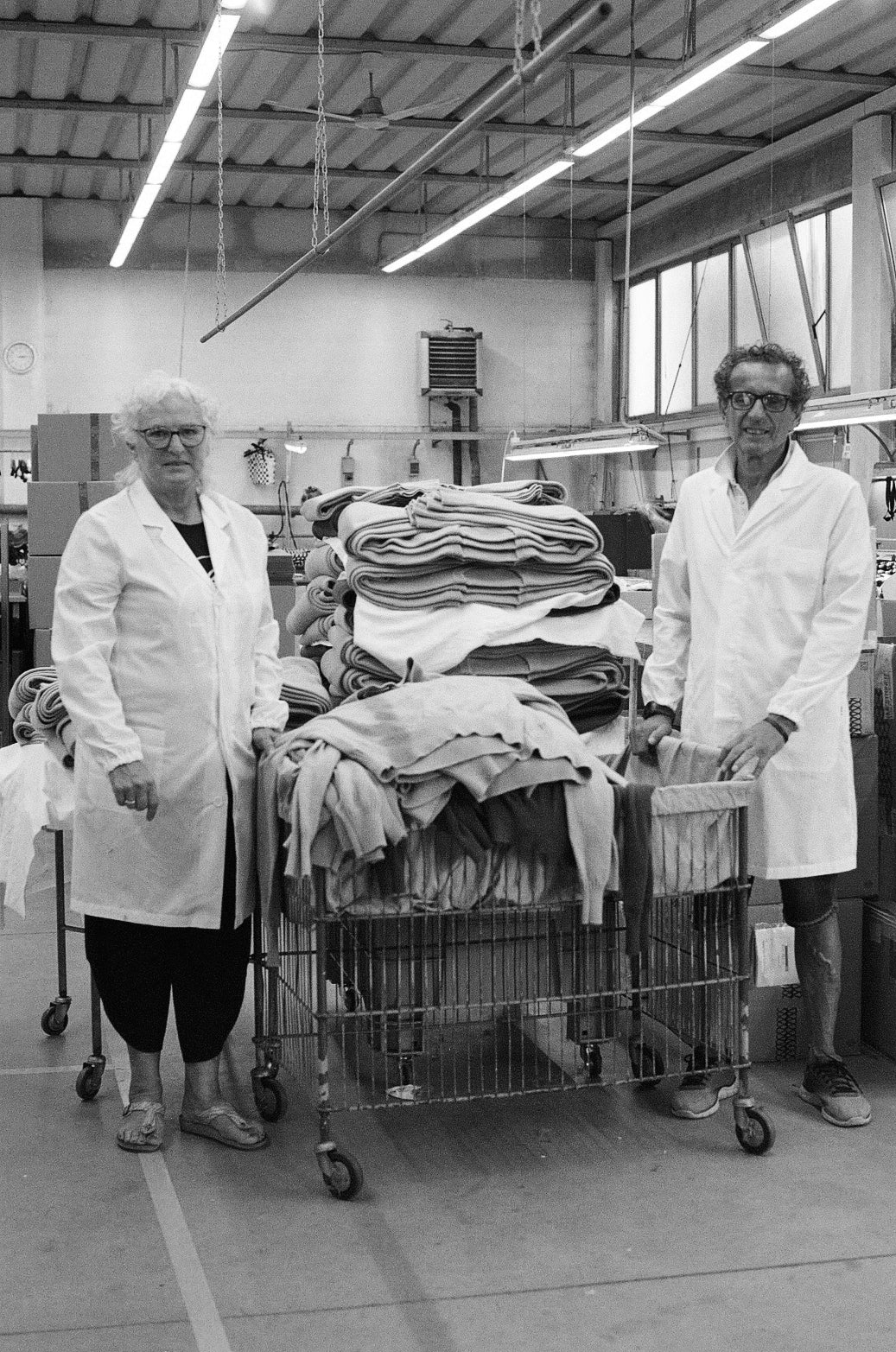
WORKSHOPS & COMMITMENTS
Our workshop is ideally located near Venice, Italy, while our spinning mill is in the Florence region, also in Italy.
These places have specific expertise in working with cashmere, with traditional and ancestral know-how. We have selected these partners to ensure the best results.
Each craftsman is passionate about their craft, thus contributing to the exceptional quality of our products.
In addition to our expertise, we place people, animal welfare, and our ecological impact at the heart of our concerns.
Tricot was recently audited by Clear Fashion , an independent label that evaluates brands based on several key criteria: animal welfare, human working conditions, health, and environmental impact. These four areas are essential for evaluating a brand's practices.
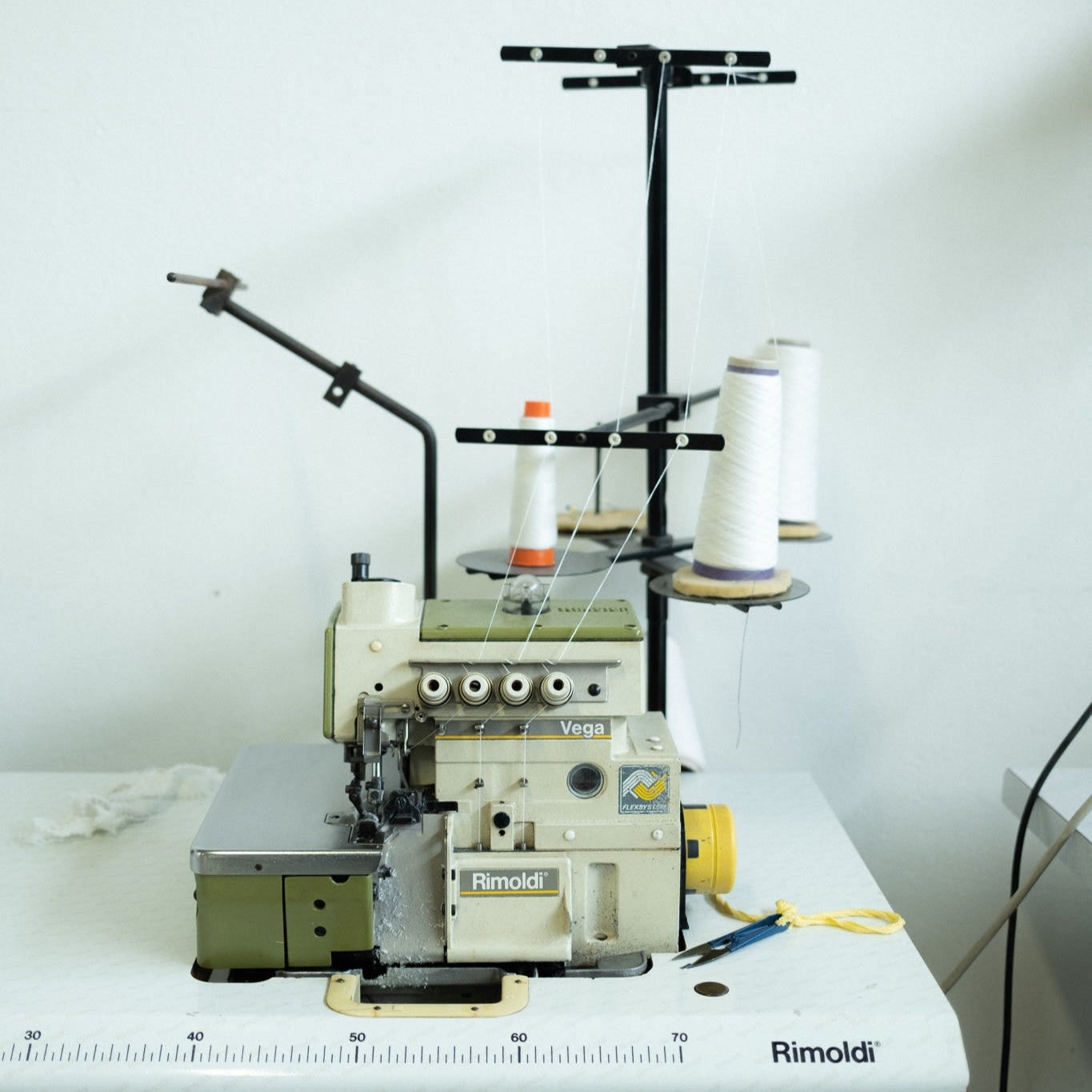
Care & repairs
Why wash your cashmere?
Cashmere is a material that loves water. In fact, the more it's washed, the softer and more supple it becomes, making it even more comfortable to wear. For this reason, don't hesitate to give it this little refresh after wearing it two or three times. This step also helps prevent pilling and hydrates the fiber.
Pilling
IS DRY CLEANING RECOMMENDED?
Dry cleaning at a professional dry cleaner's is generally to be avoided. Cashmere needs water: that's why it's better to wash it by hand or in the machine.
IS IRONING RECOMMENDED?
Cashmere doesn't require frequent ironing, but if you want to reshape your knitwear.
Repairing your cashmere
To take advantage of our repair services, visit our store in Paris or contact our dedicated team. For a repair service, your knitted product will then be examined by our workshop, which will determine if the repair is feasible and at what price.








